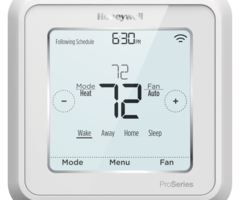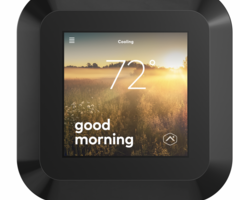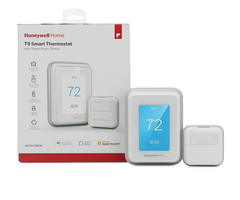Thermostats





A thermostat is a relatively simple device that operates a building's HVAC system. This is the system that heats and cools the building as needed. The introduction of smart thermostats made it easier than ever to keep a home or business at a comfortable temperature. These devices can be set to operate based on a schedule or with certain system events. You can even control these devices remotely using a smart platform.
Many users are intimidated by the idea of installing their own smart thermostat. But it's actually quite easy. Before installing a thermostat, you should cut power to the existing thermostat at the breaker. Remove the thermostat from the wall, and disconnect the wires from the device. Then take your new smart thermostat and reconnect the same wires. Some smart thermostats can even operate without common power from a C-wire. This makes the installation process even easier.
After wiring your smart thermostat, you can mount it to the wall. Most smart thermostats come with mounting equipment included. A back plate will hide any markings on the wall and make the installation appear neat and tidy. The device will power on once you restore power at the breaker. Remember to always cut power before making any hardware changing for your home's HVAC system.
A great aspect of a smart thermostat is that it can help you save money on energy bills, while still keeping your home or business comfortable. This is done by setting a schedule. You will generally want to keep your building at the desired temperature while you are around, while having your HVAC system operate a little as possible while you are away. For example, if you live in a hotter climate, you might have your house set to 70 degrees Fahrenheit while you are home and set to 75 degrees Fahrenheit while you are away. You can customize these settings based on your needs and your climate.
Another reason to get a smart thermostat is the ability to control the temperature remotely. A smart thermostat will communicate through a certain protocol, such as Z-Wave or WIFI. After programming is complete, you will be able to control your smart thermostat anywhere in the world through your smartphone. This is great if you have a guest over while you are away. You can adjust the thermostat for them so that the building is kept at a comfortable temperature.
For remote access. end users will want to integrate their smart thermostats with interactive platforms like Total Connect 2.0, Alarm.com or Apple HomeKit. Whether or not a smart thermostat is compatible with a particular platform will usually depend on the wireless protocol that it uses to communicate. You should check the compatibilities of any smart thermostat before making your purchasing decision.




